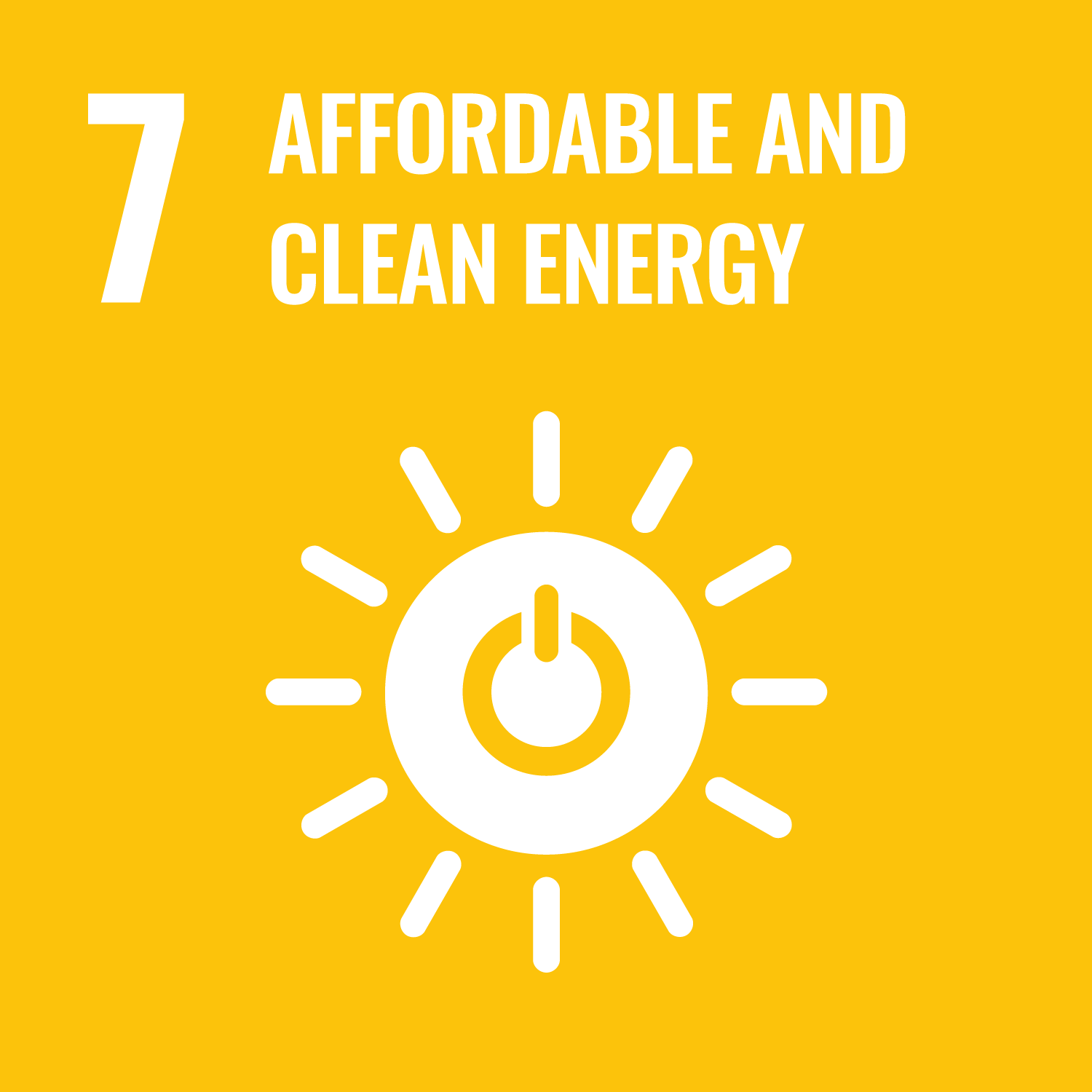ORCID
- Sanjay Sharma: 0000-0002-5062-3199
- Asiya Khan: 0000-0003-3620-3048
Abstract
Operations and maintenance of Offshore Wind Turbines (OWTs) are challenging, with manual operators constantly exposed to hazardous environments. Due to the high task complexity associated with the OWT, the transition to unmanned solutions remains stagnant. Efforts toward unmanned operations have been observed using Unmanned Aerial Vehicles (UAVs) and Unmanned Underwater Vehicles (UUVs) but are limited mostly to visual inspections only. Collaboration strategies between unmanned vehicles have introduced several opportunities that would enable unmanned operations for the OWT maintenance and repair activities. There have been many papers and reviews on collaborative UVs. However, most of the past papers reviewed collaborative UVs for surveillance purposes, search and rescue missions, and agricultural activities. This review aims to present the current capabilities of Unmanned Vehicles (UVs) used in OWT for Inspection, Maintenance, and Repair (IMR) operations. Strategies to implement collaborative UVs for complex tasks and their associated challenges are discussed together with the strategies to solve localization and navigation issues, prolong operation time, and establish effective communication within the OWT IMR operations. This paper also briefly discusses the potential failure modes for collaborative approaches and possible redundancy strategies to manage them. The collaborative strategies discussed herein will be of use to researchers and technology providers in identifying significant gaps that have hindered the implementation of full unmanned systems which have significant impacts towards the net zero strategy.
DOI Link
Publication Date
2022-05-26
Publication Title
Drones
Volume
6
Issue
6
Acceptance Date
2022-05-24
Deposit Date
2022-10-06
Embargo Period
2022-06-11
Recommended Citation
Nordin, M., Sharma, S., Khan, A., Gianni, M., Rajendran, S., & Sutton, R. (2022) 'Collaborative Unmanned Vehicles for Inspection, Maintenance, and Repairs of Offshore Wind Turbines', Drones, 6(6). Available at: 10.3390/drones6060137


